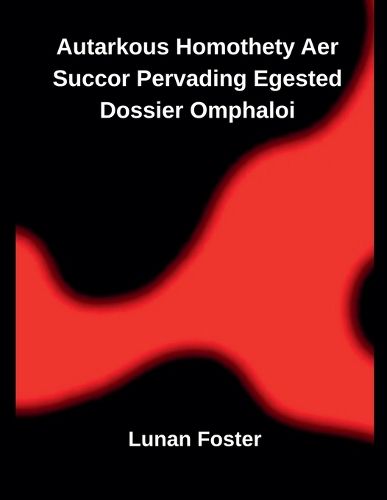Readings Newsletter
Become a Readings Member to make your shopping experience even easier.
Sign in or sign up for free!
You’re not far away from qualifying for FREE standard shipping within Australia
You’ve qualified for FREE standard shipping within Australia
The cart is loading…






This title is printed to order. This book may have been self-published. If so, we cannot guarantee the quality of the content. In the main most books will have gone through the editing process however some may not. We therefore suggest that you be aware of this before ordering this book. If in doubt check either the author or publisher’s details as we are unable to accept any returns unless they are faulty. Please contact us if you have any questions.
Over the past two decades, the Internet has evolved to reflect a contemporary view of its capability. The Future Internet can be defined, with the assistance of the Expanding Network Infrastructure Foundation, as the association and cooperation of the Internet of Things (IoT), the Internet of Services (IoS), and the Internet of Content (IoC) (V. Issarny, 2011), with an emphasis on information, services, and things. The Internet has exceeded the significance of many previous networking infrastructures by allowing the creation, contribution, sharing, and integration of information, knowledge, and artifacts. For the longest time, the Internet functioned as the world's biggest service backbone. Additionally, the virtual Internet's most current idea often challenges established Internet access and service delivery paradigms. Clustering and grid computing are two examples of computational paradigms that have developed to aid in the realization of this new vision, although they have encountered many challenges. Indeed, the network manipulations associated with these provisioning paradigms are still in their infancy, and the established "Internet Protocol-based" Internet protocol, as well as the substantial financial investment in Internet infrastructure, make any innovative Internet engineering innovation extremely improbable.
$9.00 standard shipping within Australia
FREE standard shipping within Australia for orders over $100.00
Express & International shipping calculated at checkout
This title is printed to order. This book may have been self-published. If so, we cannot guarantee the quality of the content. In the main most books will have gone through the editing process however some may not. We therefore suggest that you be aware of this before ordering this book. If in doubt check either the author or publisher’s details as we are unable to accept any returns unless they are faulty. Please contact us if you have any questions.
Over the past two decades, the Internet has evolved to reflect a contemporary view of its capability. The Future Internet can be defined, with the assistance of the Expanding Network Infrastructure Foundation, as the association and cooperation of the Internet of Things (IoT), the Internet of Services (IoS), and the Internet of Content (IoC) (V. Issarny, 2011), with an emphasis on information, services, and things. The Internet has exceeded the significance of many previous networking infrastructures by allowing the creation, contribution, sharing, and integration of information, knowledge, and artifacts. For the longest time, the Internet functioned as the world's biggest service backbone. Additionally, the virtual Internet's most current idea often challenges established Internet access and service delivery paradigms. Clustering and grid computing are two examples of computational paradigms that have developed to aid in the realization of this new vision, although they have encountered many challenges. Indeed, the network manipulations associated with these provisioning paradigms are still in their infancy, and the established "Internet Protocol-based" Internet protocol, as well as the substantial financial investment in Internet infrastructure, make any innovative Internet engineering innovation extremely improbable.